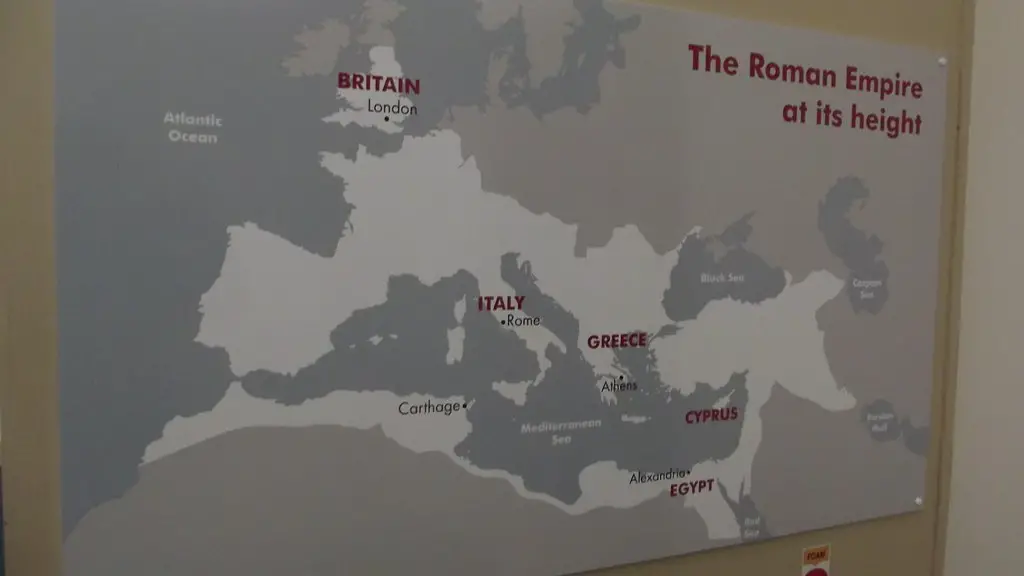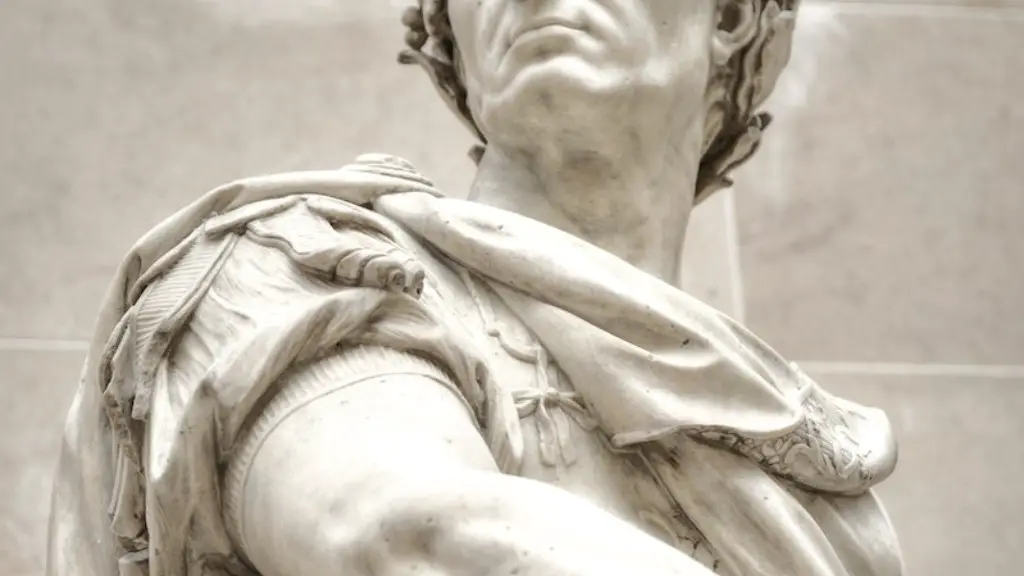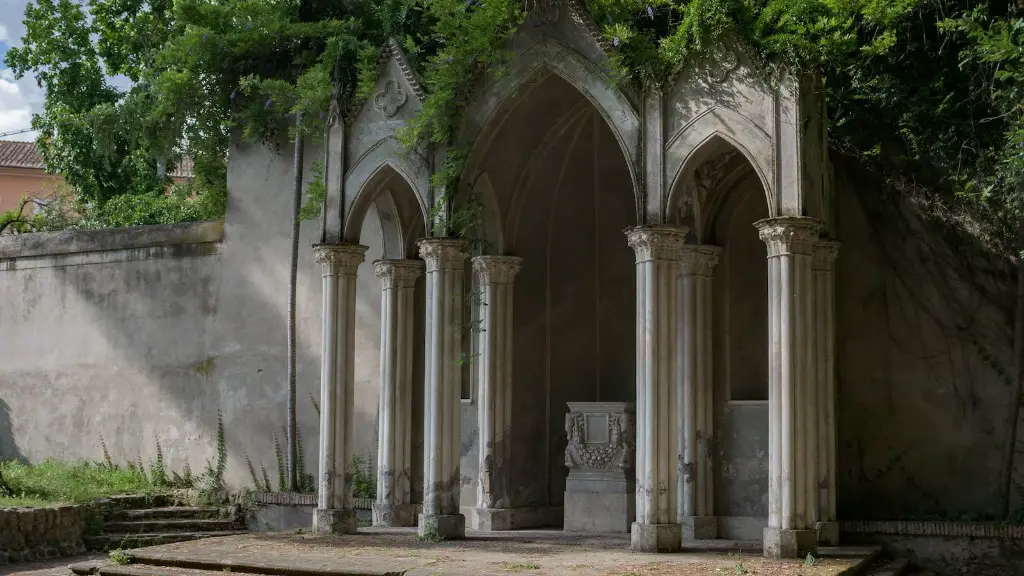The Beginnings of Chariot Racing in Ancient Rome
Chariot racing was a popular form of entertainment in Ancient Rome and was regularly celebrated in the circuses. The Roman staging of chariot racing dates as far as the 4th century BC, beginning with a single four horse chariot competing for an olive branch for the prize. The charioteers would hang a garland in victory and songs would be sung in their honour. The chariot races evolved from single chariots competing to two, two-horse chariots competing. By the 1st century BC, there were games every weekend with up to 24 chariots competing at one time. It was a major part of the Roman Empire’s culture and would be attended by nobles, emperors, slaves, and plebians alike.
The Charioteers
The Roman charioteers were highly celebrated in the Empire and seen as esteemed sports figures. These charioteers were even equated to their modern day counterparts like Olympic athletes. The charioteers were mostly slaves and they represented their respective stables in the games. They were seen as experts in their field, owing to the years of practice and training they put in. Most charioteers were incredibly skilled drivers and adept tamers of their horses. The most successful charioteers proudly wore specific colours designed for their stables and often adorned themselves with precious metal ornaments.
The Races and the Classes of Chariot Racing
Chariot racing was organised in a variety of different ways. The most popular was the chariot race held in a stadium in the Circus Maximus. This stadium was used by Roman emperors to announce policies or laws and to host the chariot races on Sundays. The drivers would start in a central box and were ranked based on the speed with which they completed their laps. The drivers would be divided into two main classes – Reds and Whites. The Reds preferred a wide-banked turning type of racing, and the Whites preferred higher-speed sprinting type of racing.
The Charioteers Competition
Chariot racing was a competition between chariot drivers and the charioteers were in contention for first place. The prizes for the victor would be more than just the olive branch. They could be rewarded with immense fame, riches, and honour in the Roman Empire. The chariots were not the only form of entertainment at the circuses. Often, wild animal acts and gladiator fights would also occur and be watched alongside the chariot races.
Chariot Racing Eventually Phasing Out
By the 4th century AD, chariot racing had become a dying practice. This was due to the fact that sport came to be a form of entertainment rather than a respected display of skill. This led to chariot racing being replaced by other sports and activities, such as horse racing and stadium combat games. Chariot racing in Ancient Rome eventually died out, leaving only a few surviving relics from its golden age.
Women in Chariot Racing
Women were actually allowed to participate in chariot racing. Female charioteers, known as ‘Bitches’ were allowed to take part in the races. The first female charioteer was said to be Agathe, who was also known as ‘Domina Chariotis’. Agathe was the most successful charioteer in the history of Roman chariot racing, having won a total of 40 races. This led to an increase in female charioteers, which eventually made up around 20% of all racers.
Present Influence of Ancient Roman Chariot Races
The influence of the chariot races in Ancient Rome remains today in modern sports and entertainment. The inspiration behind the founding of the iconic Kentucky Derby and Grand National can be traced to the chariot races in Ancient Rome. Numerous films and television shows have been made about Ancient Roman chariot racing, such as ‘Ben Hur’, ‘Gladiators of Rome’ and ‘Circus Maximus’. It has become an esteemed part of Ancient Roman history and will remain a symbol of the Empire for generations to come.
The Chariots
The chariots used for the races were designed for speed and maneuverability, whilst also being lightweight. Traditional chariots were made of wood, with metal reinforcements on the axles and body. They were usually pulled by 2, 4 or even 6 horses. The most common chariot design was the four-horse chariot, which was known as the ‘quadriga’. They were capable of incredible speeds, sometimes reaching up to 40 kilometres per hour.
Social Significance of Chariot Racing
Chariot racing held great significance to the Roman Empire and its people. The chariots played a major role in religious ceremonies and were also often a form of entertainment for the public. It was a source of pride and a marker of social standing. For the people, it was seen as an opportunity to prove themselves, as charioteers competed for the glory of their owner. It was a way for the Roman people to get away from the troubles of the world and to experience the thrill of racing.
The Spectators of Chariot Races
Chariot racing was incredibly popular in Ancient Rome, with thousands of people turning up to watch the games. The spectators would usually be grouped into team colours, as the charioteers competed for the glory of their backed team. There was no neutral fanbase for the games – it was either White or Red. It was a passionate rivalry; with fights and brawls amongst the fans being common. Overall, it was an important form of entertainment to the people, who would turn up in large numbers to cheer on the charioteers.
The Lives of Charioteers
The charioteers of Ancient Rome were no different than modern day athletes. They trained, practised, and raced for their stables in order to gain victories. However, the charioteers’ lives were filled with danger and risk. Accidents were common and the injuries sustained by these charioteers could be fatal. They were also often exploited by their owners and had no legal protection. Therefore, the life of a charioteer was often a hard one but it was a life they chose out of pride and courage.


